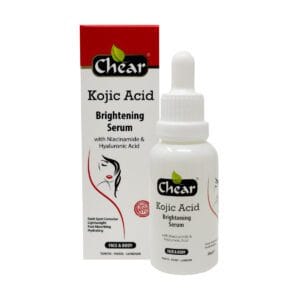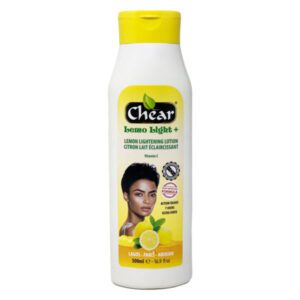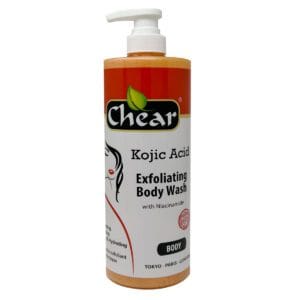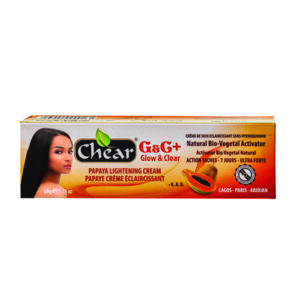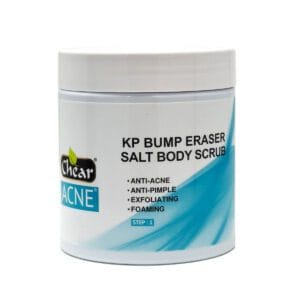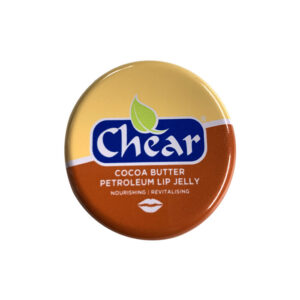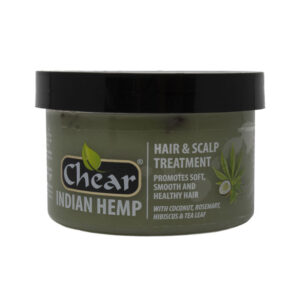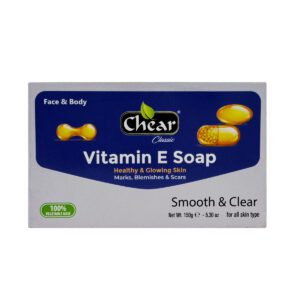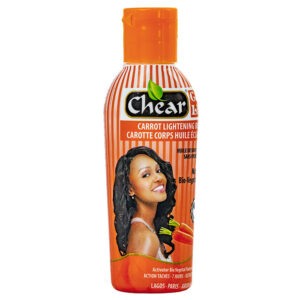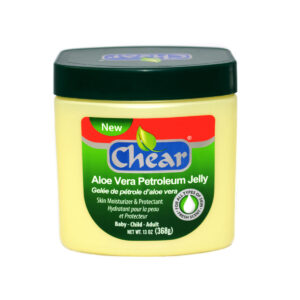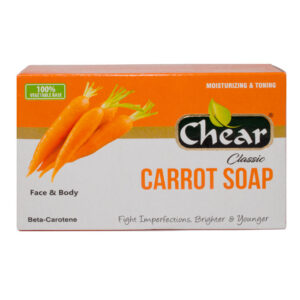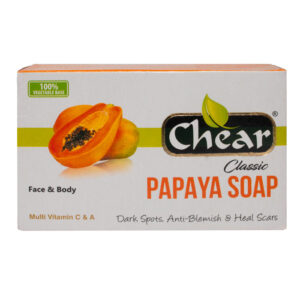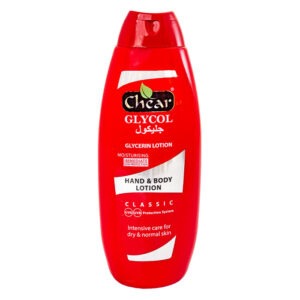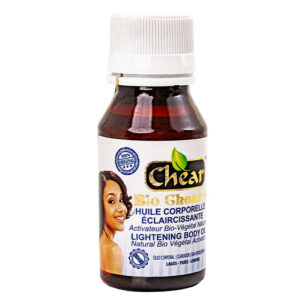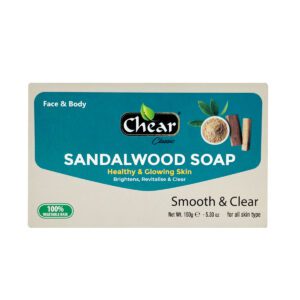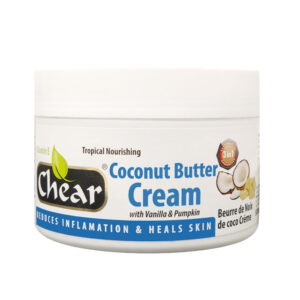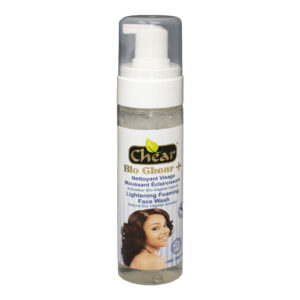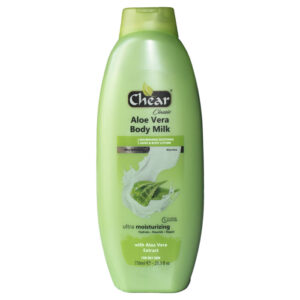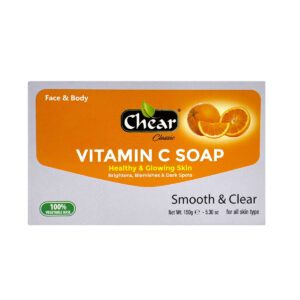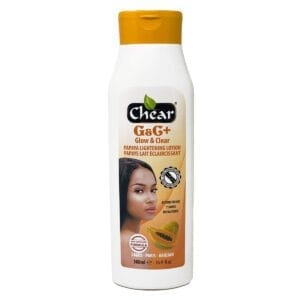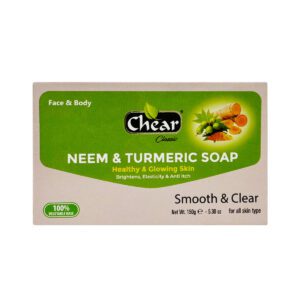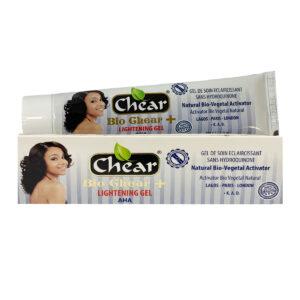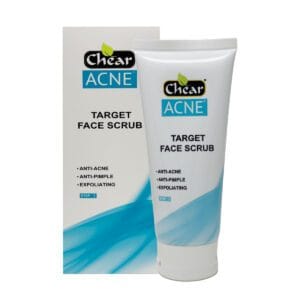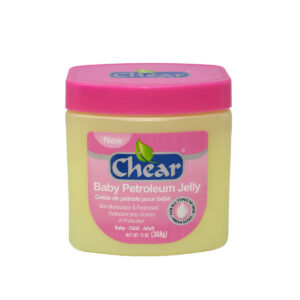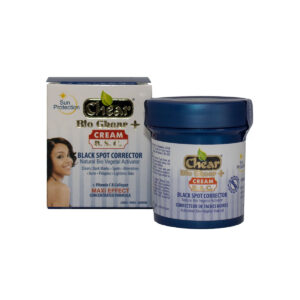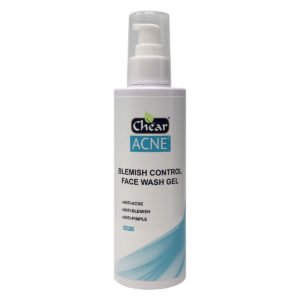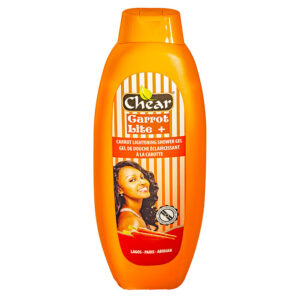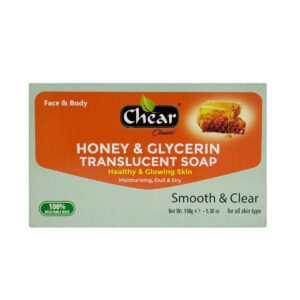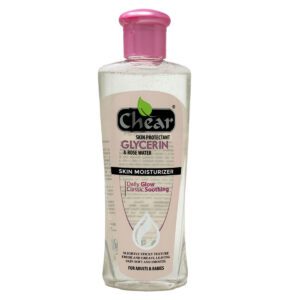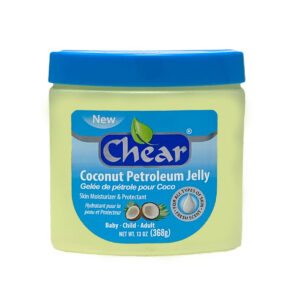- Home
- Beauty Tips
- Do I Need to Use Sunscreen with Kojic Acid Skincare Products?
Do I Need to Use Sunscreen with Kojic Acid Skincare Products?
Discover why sunscreen is essential when using kojic acid skincare products. Learn how to protect your skin, enhance results, and avoid side effects with expert tips and product recommendations from Chear Beauty.
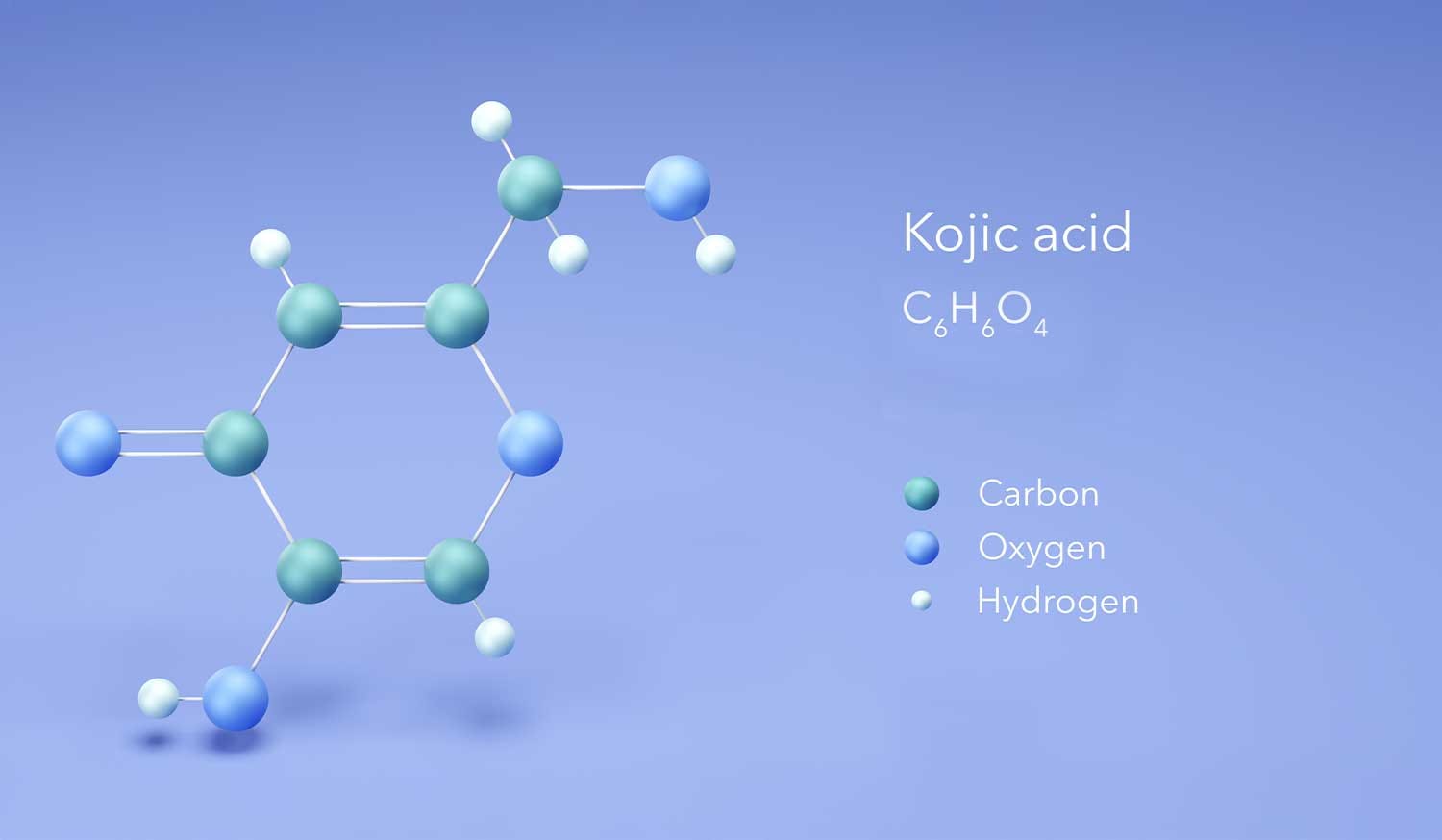
Kojic acid has become a go-to ingredient for those seeking brighter, more even-toned skin. Derived naturally from fungi during the fermentation of rice, this powerful compound is celebrated for its ability to fade hyperpigmentation, dark spots, and melasma. However, a common question arises: Do I need to use sunscreen with kojic acid skincare products? The short answer is a resounding yes, and in this blog, we’ll explore why sunscreen is non-negotiable, how it enhances kojic acid’s benefits, and how to incorporate both into your routine for radiant skin. We’ll also highlight top kojic acid products from Chear Beauty’s Kojic Acid Skincare Lightening range and provide research-backed insights from trusted UK sources.
What Is Kojic Acid and How Does It Work?
Kojic acid is a natural by-product of certain fungi, such as Aspergillus oryzae, commonly used in the production of sake and soy sauce. In skincare, it’s prized for its ability to inhibit tyrosinase, an enzyme essential for melanin production. By reducing melanin synthesis, kojic acid effectively lightens dark spots, sun damage, and post-inflammatory hyperpigmentation (PIH), resulting in a brighter, more even complexion.
Plus, kojic acid offers additional benefits. According to research published in Biomedicine & Pharmacotherapy, kojic acid exhibits antioxidant, antimicrobial, and anti-inflammatory properties, making it effective for treating acne scars and preventing premature ageing caused by free radicals. It’s commonly found in serums, creams, soaps, and lotions, such as those in Chear Beauty’s Kojic Acid Skincare Lightening collection, which are formulated to target pigmentation while nourishing the skin.
However, kojic acid can increase your skin’s sensitivity to sunlight, which brings us to the critical role of sunscreen in your skincare routine.
Why Sunscreen Is Essential with Kojic Acid
Using kojic acid without sunscreen is like painting a masterpiece and leaving it out in the rain. Here’s why sunscreen is a must when incorporating kojic acid into your routine:
1. Increased Sun Sensitivity
Kojic acid can make your skin more susceptible to UV damage. By inhibiting melanin production, it temporarily reduces your skin’s natural defence against ultraviolet (UV) rays, increasing the risk of sunburn and further hyperpigmentation. A 2023 study in the Journal of Clinical Medicine found that long-term use of kojic acid heightens UV sensitivity, emphasising the need for daily sun protection to prevent damage. Applying a broad-spectrum sunscreen with at least SPF 30 is crucial to shield your skin from harmful UVA and UVB rays.
2. Preventing Rebound Hyperpigmentation
One of the challenges of using kojic acid is the risk of rebound hyperpigmentation, where dark spots return if the skin is exposed to UV rays without protection. Sunscreen acts as a barrier, ensuring that the progress you’ve made with kojic acid, whether fading sunspots or melasma remains intact. Dermatologist Dr. Joshua Zeichner, quoted in a UK-based skincare article, stresses, “Sunscreen is non-negotiable when using kojic acid to prevent UV-induced damage that can undo your results.”
3. Enhancing Kojic Acid’s Effectiveness
Sunscreen doesn’t just protect; it amplifies kojic acid’s skin-brightening effects. By blocking UV rays, sunscreen prevents new melanin formation, allowing kojic acid to focus on fading existing pigmentation. Products like Chear Beauty’s Kojic Acid Lightening Cream combine kojic acid with moisturising ingredients to enhance skin clarity, and pairing them with sunscreen ensures long-lasting results.
4. Protecting Sensitive Skin
Kojic acid can irritate, especially for those with sensitive skin, particularly at high concentrations. The Cosmetic Ingredient Review (CIR) recommends using kojic acid with high factor sun block. Sunscreen, especially one with soothing ingredients like aloe vera or chamomile, can help calm potential irritation while protecting the skin barrier.
How to Use Kojic Acid and Sunscreen Together
To maximise the benefits of kojic acid while protecting your skin, follow these expert-recommended steps:
Step 1: Cleanse Your Skin
Start with a gentle cleanser to remove dirt and impurities. For example, Chear Beauty’s Kojic Acid Soap cleanses while delivering skin-brightening benefits, making it an excellent starting point.
Step 2: Apply Kojic Acid Product
Choose a kojic acid product such as Chear Beauty’s Kojic Acid Lightening Serum. Apply it to clean, dry skin, avoiding the eye area. For beginners, start with a once-daily application (preferably at night) to allow your skin to adjust. A UK-based dermatologist from Skincare by Dr V recommends kojic acid dipalmitate, a more stable derivative, for those with sensitive skin to minimise irritation.
Step 3: Moisturise
Follow with a hydrating moisturiser such As Chear Kojic Acid Cream or Chear Kojic Acid Lotion to lock in moisture and support your skin barrier. This step is crucial as it prevents skin from drying.
Step 4: Apply Sunscreen
In the morning, finish your routine with a broad-spectrum sunscreen of SPF 30 or higher. Apply it generously to your face, neck, and any exposed areas. Reapply every 2–3 hours if you’re outdoors for extended periods. The British Association of Dermatologists recommends mineral-based sunscreens with zinc oxide or titanium dioxide for sensitive skin, as they’re less likely to irritate.
Step 5: Monitor and Adjust
Perform a patch test before fully incorporating kojic acid into your routine. If irritation occurs, reduce frequency or consult a dermatologist. Consistency is key.
Top Kojic Acid Products from Chear Beauty
Chear Beauty’s Kojic Acid Skincare Lightening range offers a variety of products designed to brighten and even out skin tone. Here are some highlights:
Kojic Acid Lightening Cream
This cream combines kojic acid with nourishing ingredients to fade dark spots and hydrate the skin. Ideal for daily use, it’s gentle enough for most skin types.
Kojic Acid Soap
Formulated to cleanse and brighten, this soap is perfect for full-body use, targeting hyperpigmentation on areas like the elbows, knees, and underarms.
Kojic Acid Serum
A concentrated formula for tackling stubborn pigmentation. Apply it before moisturiser for maximum absorption.
These products are crafted to deliver visible results when used consistently with sunscreen. Visit Chear Beauty’s Kojic Acid Skincare Lightening collection to explore the full range.
Additional Tips for Safe and Effective Use
To ensure you get the most out of kojic acid while minimising risks, consider these tips:
- Avoid Harsh Ingredients: Steer clear of combining kojic acid with other exfoliants like AHAs or BHAs, as this can lead to overstimulation and irritation. Similarly, avoid products with denatured alcohol, which can exacerbate dryness.
- Start Slowly: Introduce kojic acid gradually, using it 1–2 times a week to assess your skin’s tolerance. Increase frequency as your skin adapts.
- Combine with Complementary Ingredients: Pair kojic acid with soothing ingredients like niacinamide or botanical extracts (e.g., bearberry or liquorice root) for enhanced brightening and reduced irritation.
- Consult a Dermatologist: If you have sensitive skin or conditions like eczema, consult a professional before using kojic acid. The NHS advises seeking medical advice for persistent skin concerns to ensure safe usage.
The Science Behind Kojic Acid and Sunscreen
Research supports the synergy between kojic acid and sunscreen. A 2019 study in Biomedicine & Pharmacotherapy confirmed that kojic acid effectively reduces melanin production by binding to copper and inhibiting tyrosinase activity. However, the same survey noted that UV exposure can counteract these benefits by triggering new melanin production, underscoring the importance of sunscreen.
Additionally, a 2022 review in Experimental Dermatology highlighted kojic acid’s antioxidant properties, which help combat free radicals caused by UV exposure. When paired with sunscreen, these properties are enhanced, offering dual protection against sun damage and premature ageing. UK-based skincare brand REFORM Skincare emphasises the power of combining kojic acid with arbutin, another tyrosinase inhibitor, for even greater brightening results. Still, it stresses that sunscreen is essential to maintain these effects.
Common Myths About Kojic Acid and Sunscreen
Let’s debunk some misconceptions to ensure you’re well-informed:
- Myth: Kojic acid permanently lightens your skin.
- Truth: Kojic acid targets excess pigmentation but doesn’t alter your natural skin tone. Consistent use of sunscreen maintains results without affecting your skin’s baseline colour.
- Myth: All sunscreens are the same when using kojic acid.
- Truth: Opt for broad-spectrum sunscreens with SPF 30 or higher. Mineral-based options are gentler for sensitive skin, while chemical sunscreens may offer lighter textures for oily skin.
- Myth: You only need sunscreen on sunny days.
- Truth: UV rays penetrate clouds and windows, so daily sunscreen application is essential, even indoors or on overcast days.
Real-Life Success Stories
To illustrate the impact of combining kojic acid with sunscreen, here are insights from real users, as shared on UK-based platforms like Stylist and Green Glow Guide:
- Nanika, 34, London: “I started using Chear Beauty’s Kojic Acid Cream for my melasma. Pairing it with SPF 50 made a huge difference, my dark patches faded in two months, and I didn’t get new spots.”
- Temi, 28, Manchester: “I was hesitant about kojic acid because of my sensitive skin, but the soap from Chear Beauty was gentle. Using sunscreen daily kept my skin protected and bright.”
These stories highlight the importance of consistency and sun protection for optimal results.
Why Choose Chear Beauty’s Kojic Acid Products?
Chear Beauty stands out for its commitment to effective, skin-friendly formulations. Their kojic acid products are designed with safe concentrations and include hydrating ingredients to minimise irritation. Unlike some brands, Chear Beauty avoids harsh additives, ensuring products are suitable for various skin types. Plus, their affordable range makes professional-grade skincare accessible to everyone.
Explore their full collection at Chear Beauty’s Kojic Acid Skincare Lightening page and start your journey to brighter skin today.
Final Thoughts
So, do you need sunscreen with kojic acid skincare products? Absolutely. Sunscreen is your skin’s best ally when using kojic acid, protecting it from UV damage, preventing rebound hyperpigmentation, and enhancing brightening results. By incorporating products like Chear Beauty’s Kojic Acid Lightening Cream or Soap into a routine that includes daily SPF, you can achieve a radiant, even complexion safely and effectively.
For the best results, start slowly, choose products with safe concentrations, and always consult a dermatologist if you’re unsure. With the right approach, kojic acid and sunscreen can transform
your skincare routine, giving you the glowing skin you’ve always wanted.
Our recommended Sunscreen :
Roxanna Sun Protection Invisible Spray SPF50+
https://roxannabeauty.com/products/sun-protection-invisible-spray-spf50
Sources:
- Saeedi M, Eslamifar M, Khezri K. Kojic acid applications in cosmetic and pharmaceutical preparations. Biomed Pharmacother. 2019;110:582-593.
- Wawrzyk-Bochenek I, et al. Evaluation of the reduction of skin hyperpigmentation changes under the influence of kojic acid. J Clin Med. 2023;12(7):2710.
- Zilles JC, et al. Biological activities and safety data of kojic acid and its derivatives. Exp Dermatol. 2022;31(10):1500-1521.
- Skincare by Dr V. Kojic acid and hyperpigmentation.
- REFORM Skincare. Sun damage and kojic acid.
- British Association of Dermatologists. Sunscreen advice.
- NHS. Skin health and hyperpigmentation.
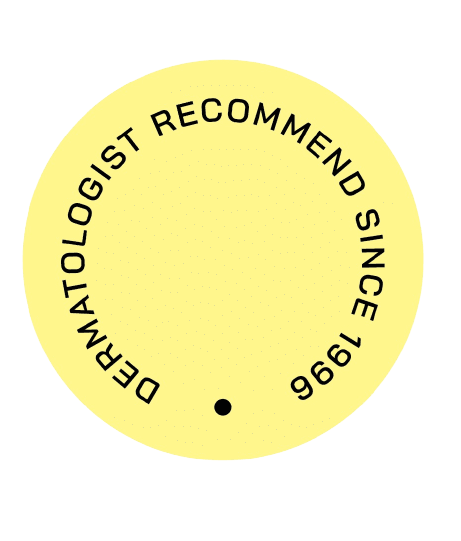
Chear Beauty @ Sonik Products Ltd | Company No: 3184821
Chear Beauty @ Sonik Products Ltd, Block C, Woodside End, Wembley Alperton, Middlesex HA0 1UR


